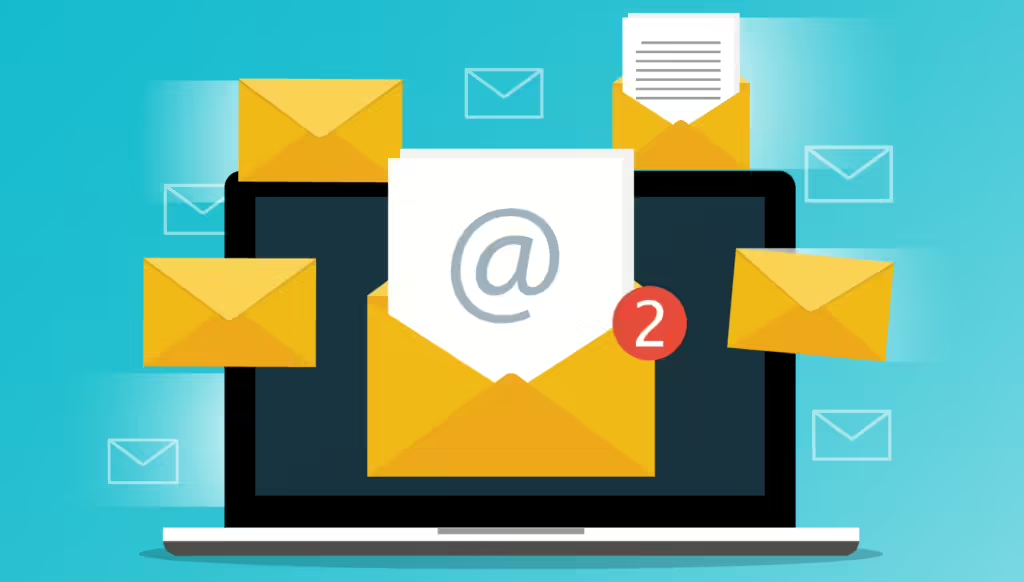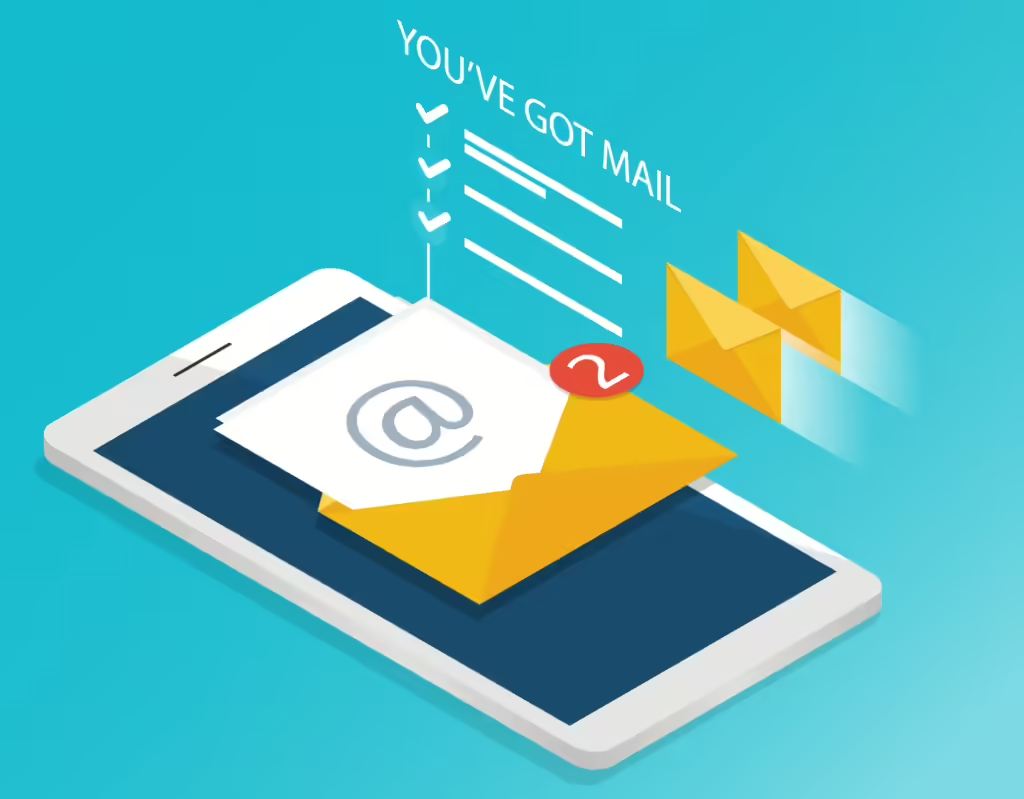How to Stop Email List Decay

In today’s digital world, email is one of the best marketing tools available to businesses, with the highest ROI. Despite the rise of social media and other digital channels, email marketing is still proving itself with its reach and personal touch. But email campaigns success is all about one thing: a good email list. As businesses build big email databases to reach their target audience, dealing with the inevitable problem of data decay becomes more and more important. This guide combines recent research and expert advice to help you stop email list decay and keep your database alive in 2024.
Email List Decay
Email list decay is the gradual decline of email addresses in a subscriber list over time. Although email lists are a valuable asset for businesses, they’re not immune to decay. Many factors contribute to this decline: job changes, commitment shifts, consumer preferences changes. According to different reports, around 25% of email lists decay every year. So businesses need to actively keep their lists healthy.
Email List Decay Consequences
Email list decay can be brutal for B2B businesses where the stakes of email communication are high. Outdated or inactive email addresses means wasted resources, diminished campaign performance and a damaged sender reputation. High bounce rates (caused by sending to invalid addresses) can trigger spam filters and get your emails landed in spam folders or blocked altogether. This not only reduces your chances of reaching your audience but also future deliverability.
Email List Decay Warning Signs
Recognizing the early signs of email list decay is key to preventing the damage. Here are the warning signs your email list is decaying:
- High Bounce Rates: A sudden increase in hard or soft bounces means your contact information is outdated or no longer valid.
- Low Engagement: A big drop in open and click-through rates means subscribers have lost interest or their contact details are outdated.
- Increased Spam Complaints: If subscribers are marking your emails as spam more and more, it means they’re disengaging, and your email list is of poor quality.
- High Unsubscribe Rates: A sudden spike in unsubscribes means your content is no longer resonating with your audience.

Stop Email List Decay
Preventing email list decay requires an active approach and regular list hygiene. Here are the strategies:
- Regular List Cleaning: Verify and clean your email list regularly to remove invalid and dormant addresses. Use email verification tools like BounceShield to identify and remove risky contacts and protect your sender reputation.
- Reengagement Campaigns: Run reengagement campaigns to inactive subscribers with personalized content, exclusive offers or surveys to re-ignite their interest. Targeted messaging can make them re-engage with your brand.
- Segmentation and Targeting: Make your email campaigns more effective by segmenting your audience based on shared interests and behaviors.
- Double Opt-In: Use double opt-in to ensure only genuinely interested and engaged subscribers join your list. This reduces spam complaints and improves deliverability.
- Personalization: Personalize your content to create real connections with subscribers. Use their names, previous interactions and preferences to make recommendations.
- Preference Centre: Allow subscribers to choose their email preferences (frequency and type of content they want to receive). This reduces unsubscribe rates and improves long-term engagement.
- Continuous Growth and Enrichment: Diversify your data sources and add new, verified contacts to your database. Validate information regularly to keep it accurate and relevant.
Data Management in Stopping Email List Decay
Data management is key in stopping email list decay. Businesses need to have robust systems in place for managing their email databases, starting with clean data collection processes. Make sure data entry points (website forms or landing pages) are optimized for collecting good quality data. Audit your database regularly to remove duplicates and inconsistencies and ensure all data is compliant with relevant regulations (GDPR or CCPA).
Active Engagement to Stop Subscriber Dormancy
Besides having a clean database, active engagement with subscribers is key to preventing dormancy. Engage your audience with relevant and valuable content that grabs their attention and makes them interact with your brand. Interactive content (polls, quizzes, surveys) makes subscribers participate and share their opinions and become more engaged and loyal.
Continuous Learning and Adaptation
As technology and consumer behavior changes, so should your email marketing approach. Stay up to date with industry trends, new tools and changing consumer behavior to adapt your strategy. Analyze your email campaign metrics regularly to find areas to improve and optimize your messaging.
Summary
In summary, having a healthy and up to date email database is key to making your email marketing campaigns successful in 2024 and beyond. List cleaning, active engagement and personalized content are the keys to stopping email list decay and keeping your database clean. By doing so businesses can boost their marketing efforts and make their communication with prospects relevant, impactful and long lasting. Remember a clean email list is an asset and a proof of your commitment to your audience.
What is Email List Decay?
Email decay is a natural process where email addresses on your list become outdated, invalid or inactive. This can happen due to many reasons such as job changes, changes in email providers or simply inactivity. Email list decay can affect your email marketing campaigns and lead to lower open rates, click through rates and higher bounce rates. You need to understand the causes of email list decay to stop it.
Stopping Email Database Decay
Stopping email list decay requires monitoring your email marketing metrics regularly, such as open rates, click through rates and bounce rates. A sudden increase in bounce rates or a drop in open rates is a sign of email list decay. To stop email list decay you need to clean your email database regularly by removing invalid or inactive email addresses. This can be done using an email verification service that checks for valid email addresses and removes bad data. Re-engaging with inactive subscribers through targeted campaigns can also help to re-ignite their interest in your emails.
Ways to Keep a Clean Email List
Keeping a clean email list requires a combination of strategies that stops email list decay and improves email deliverability. One way is to use double opt-in, where subscribers confirm their email address before you add them to your list. Another way is to use an email verification API that checks for valid email addresses in real-time and prevents bad data from getting into your database. Pruning out unengaged subscribers, removing invalid email addresses and updating your list with new contacts regularly can also keep your email list healthy.
List Growth and Enrichment
List growth and enrichment is key to having a healthy email list. This can be done by running targeted email campaigns that brings in new subscribers and provides value to existing ones. Using content marketing, social media marketing and influencer marketing can bring in new subscribers and enrich your list with high quality contacts. Also using preference centers where subscribers can choose their preferred email content can increase engagement and reduce unsubscribe rates.
Good Sender Reputation
Good sender reputation is key to email deliverability and stopping email list decay. This can be done by following best practices such as using a clear and relevant subject line, avoiding spam triggers and providing a clear unsubscribe link. Monitoring your email marketing metrics and adjusting your strategy accordingly can also keep your sender reputation good. Using an email verification service that checks for valid email addresses and removes bad data can also stop email list decay and keep your sender reputation good.
